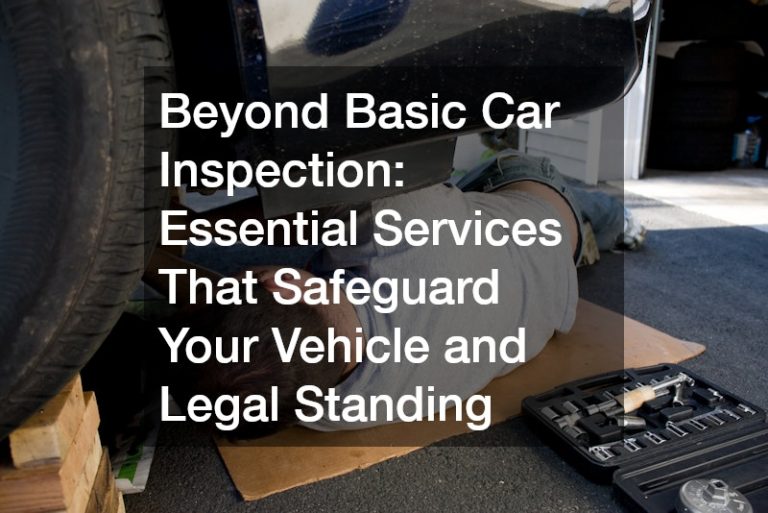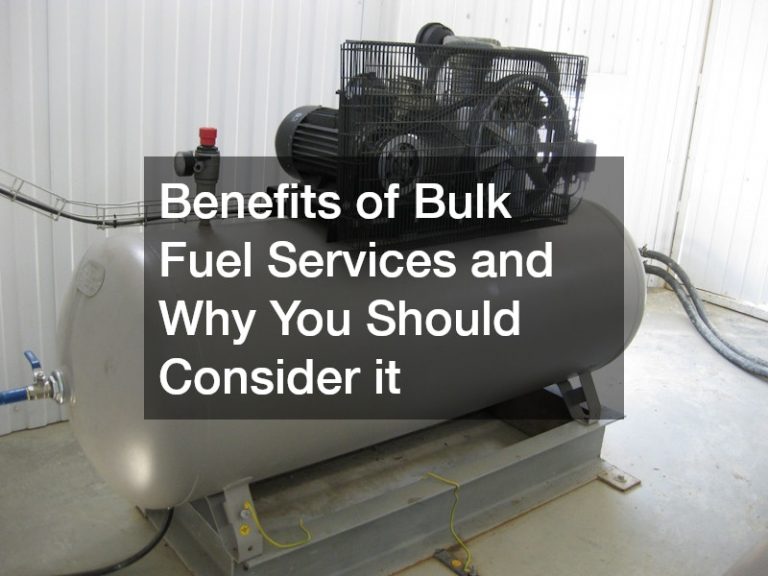

Icy roads, a moist environment, slick streets, and poor visibility make trucking harder during winter seasons. As such, you must master winter trucking tips to minimize the risks since the Federal Highway Administration reports that 70% of the US. roads are located in snowy regions. These roads receive more than 5 inches of snowfall annually, making driving risky, especially during winter. Below are 10 tips to help you drive your truck safely during winter.
1. Gather Proper Supplies

Having all the supplies is the first winter trucking tip you must practice. You will require more safety equipment during harsh weather because emergencies may arise often. An emergency kit is a vital equipment. In general, have the following items in your truck before starting your journey:
- Snow chains – snow chains help your truck get better traction on slippery roads to avoid a collision. But some states don’t allow chaining for various purposes. Confirm with your state road traffic department before using them in your truck.
- Flashlight – flashlight is crucial during the night, especially when you are stranded. The most common case is the truck getting stuck in the mud at night. You must apply salt or sand on slippery road surfaces with the help of a torch light.
- Heavy clothing – winter trucking comes with the challenges of the truck breaking down. So, you need warm clothing because you can wait longer than usual for the service vehicle to arrive.
- Blankets – long-distance trucks have an extended cabin that offers a small space for rest. You may rest if you are stranded at night, or the roads become dangerous to drive. Since the temperatures are freezing inside the cabin without the AC running, you can use the blankets to cover yourself.
- Non-perishable food items – trust me, you may drive in winter and return home after several days. Some areas may have no restaurants or hotels. As such, carry canned or freeze-dried foods to avoid sleeping hungry.
- Ice scraper – the wipers may not wipe all the snow on the windshield. Have an ice scraper to clear off the snow and ice on the rear and front windshields.
- A bag of sand or salt – most minor roads are not gritted. So, you may face challenges if you get stuck along the way. Salt and sand will help the truck tires to grip the road if you get stuck.
2. Inspect Your Truck Before Hitting the Road

Winter trucking safety involves pre-inspection. Pre-inspection minimizes the risks of stalling or spending nights on the road. Inspections involve the engine, the tires, vehicle lights, and other safety features. Here is the list of areas you must check:
- Tires – buy tire with a full-depth tread that will disperse snow and sleet for better traction. Moreover, winter truck tires have several biting edges that help maintain a firm grip on icy roads. Check the tire wear, pressure, and balance before starting your journey.
- Battery – truck batteries drain during cold seasons. Check your truck battery before starting the journey and treat the battery terminals to avoid corrosion. A battery failure, especially in a remote area, can lead to stalling for an extended period.
- Wiper blades – winter trucking requires regular windscreen wiping. This is the season wiper blades wear fast due to snow and salt. Ensure the wiper blades work to avoid visibility problems while on the journey.
- Engine light
- – a check engine light diagnostic will help you identify problems in the engine. An OBD scan tool will help you identify problems through different codes.
- Check the oil and fluids – top off the coolant and engine oil before starting the journey. If the fluids are frozen, call the truck repair shop for advice.
- Ensure lights are functional – headlights and rear lights must be functional for other road users’ safety. During winter, the weather is foggy, and the other drivers will notice you faster if brake lights, indicators, and headlamps are functional.
- Check the exhaust pipe and under the truck – every repair garage advises checking the exhaust pipes before starting the trucks. Snow quickly builds up in the exhaust pipe and may choke the engine if you start the truck while it’s completely clogged. Ice formed under the truck can break off and hit engine components. Scrape off all the ice around the underbody.
- Inspect the brake system – even with better brake repair, moisture may get into the system and cause corrosion. A heavy truck with corroded or freezing brakes poses a higher risk on busy highways. Inspect the brake system every time before you hit the road.
3. Practice Chaining
We pointed out winter chains as essential equipment for winter trucking. But we would like to explain it further since, as a truck driver; you must know how to chain the tires. Although the big rig tires provide maximum traction, you must practice chaining for additional safety. Ideally, carry enough chains for all tire pairs.
Here is the process of winter chaining:
Step 1: Lay the chains flat – laying the chains on the ground will help you identify if they have any damage. Additionally, you will confirm if their length is enough to drape over the wheels. Another important factor in chaining for winter trucking is whether the chain will grip the road well for better traction.
Step 2: Drape the chains over the wheels – pick up the chain from the side further from you and spread them evenly on the tire surface. Advocate dangling at least two inches to one side of the tire and tuck the rest on the other side. Pull the chains and center them on the tread to make them firm.
Step 3: Hook the inside clip – take the fifth wheel hook and grab the inside clip between the wheels. Ideally, move the mudflap, if necessary, to reach in with the hook. Pull forward and clip the inside clip.
Step 4: Tighten the cams – the cam helps to fasten the entire chain at the end of the process. You can use the wrench to tighten the cam and increase the chain tension.
4. Check on the Weather Conditions Along Your Route

Be aware of the weather conditions along your route as another key tip for winter trucking. Always be up to date with weather information using GPS systems as one of the easiest and cheapest ways. You only require the internet bundles; the system will update you as you proceed with the journey.
On the other hand, you can have a radio to contact other truck drivers along the route regularly. Normally, truck drivers call the base for updates. Another benefit of having a phone or tablet with the internet is to search for any auto repair garage near you if your truck breaks down.
5. Be Careful When Getting In or Out of Your Truck
You don’t want to find the auto accident attorney for your fault. It sounds obvious, but many drivers and their passengers fall off and injure themselves by underestimating how slippery the truck’s steps may be. Due to moisture and grime during winter, you can easily slip in or out of the truck.
Wearing boots with a good grip is the best way to prevent slipping injuries. Hiking and pac boots are the best for gripping the truck steps during winter trucking. But you can purchase any other boot you are sure will grip the surfaces well. Also, maintain safety by holding the truck handles well when entering or leaving.
6. Drive Carefully
Maintain a steady and consistent speed and go easy on the brakes. The trucks lose traction easily on a slippery road if braked heavily. In fact, trucks kill most people in passenger vehicles because they take time to brake. This is because they weigh 20 to 30 times more than passenger cars.
The second thing to note is following the taillights ahead of you. This can result in an accident since, in foggy weather, it’s difficult to judge the distance between your truck and the vehicle ahead. Always maintain a good stopping distance to react to the vehicle ahead easily.
Next, keep your eyes on the road stripes if you can see them. The stripes guide you to avoid moving out of the lane and colliding with other vehicles. On the other hand, switch on the signals when changing lanes and let them blink over five times. This will enlighten the drivers behind you or on the next lane you are changing lane.
Additionally, move to the next lane slowly. And for the oncoming vehicles to notice you, ensure the headlamps are on if the weather is foggy.
7. Maintain Your Fuel Levels

Ensure your truck fuel tank is at least half-fueled. This is because winter journeys may be longer. For instance, you may find a certain route you had planned is impassable. That will push you to find an alternative route which may be longer. Also, the truck may get stuck and consume more fuel trying to get it out of the mud.
Truck drivers also drive on low gears during winter for better tractions and lower speeds. Driving on low gears consumes a lot of fuel. Since you may drive in remote areas with fewer gas stations, refuel your truck every time the tank capacity gets to half.
8. Regularly Clean the Lights and Refill the Washer Fluid
Although the roads have street lights, you must switch on the car headlights for clear visibility and for others to see you, as explained earlier. But ice can accumulate and coat the lights to the extent that other drivers cannot notice you. Schedule frequent stops to scrape the ice from the lights to ensure you have clear visibility and that other drivers can easily notice you.
On the other hand, carry extra washer fluid to clean your windscreen. The windscreen is prone to ice, snow, and salt splashed by other vehicles along the way. As such, you will keep whipping the windshield and running the washer fluid for better visibility.
9. Be Mindful of Hazards
Winter trucking is a hazard by itself because you face very many challenges. There are four types of hazards we will address in this article:
Black ice – it’s a dangerous road condition that appears as a layer of transparent ice, making the road look slightly wet. Normally, if you notice the spray from the front vehicle tires has stopped, you are at risk of black ice. Also, the buildup of ice on the truck mirror arms and the top corners of the windscreen are other indications of black ice.
Fog – most times, fog can limit visibility even after turning on the windscreen wipers and the lights. This can cause accidents very fast, even at lower speeds.
Heavy rain – Gordon, Elias, and Seely’s personal injury attorneys rate freezing rain as one of the most common winter accident causes in Texas. Keeping a good distance between you and the vehicle in front is advisable for safety.
Bridges – elevated structures such as bridges are exposed to air on the top and underside. This makes them lose heat faster than the normal road surface. As a result, they become slippery and form ice faster. Unfortunately, they are not always treated with salt. And this can cause the truck to spin and lose control.
10. Know When to Pull Over
Winter trucking can be dangerous if the fog affects visibility. If you notice the truck is losing grip of the road, pull over and seek auto wheel repair service. Note that untreated roads can cause loss of grip even with safe winter tires. Secondly, if you can’t see the road markings or clearly judge the distance between your truck and the vehicle in front, pull over until the road is clear.
Although you can file a claim to automobile insurance if a bad road damages your car, avoiding braking upon joining an icy road unexpectedly is always advisable. Instead, allow the vehicle to lose speed and pull over until the weather is fine. And in case you have to use the brakes, pump them with light pressure until you get the truck to a safe place.
Trucking during winter can be challenging, but you can still hit the road by observing safety measures. Check the truck tires and perform other pre-trip inspections for safety. Seek detailers service regularly to clear the mold and mildew from the cabin for fresh air.




